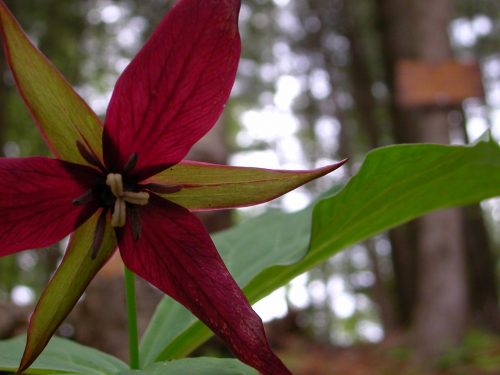
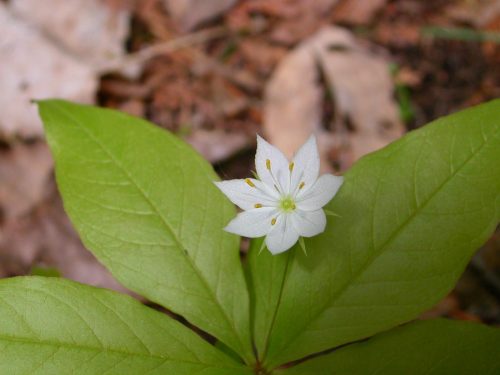

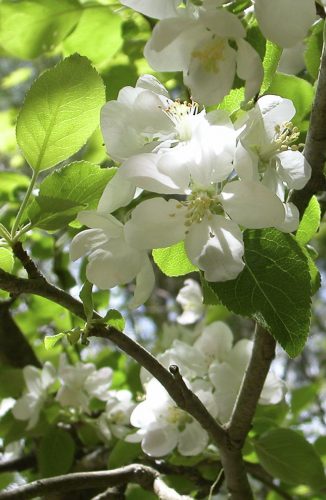

I remember my mother one day giving me this very typical (for her) advice: “Be sure to wash your celery good. I was reading the other day that celery is extremely dirty and people should be more careful.”
To which I had to reply: “Where do you read these things?”
Well, I was reading the other day that termites like heavy metal music. Yes, I read it on the Internet, but there’s so much stuff on the Internet that you have to know what to look for.
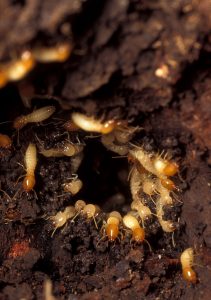
The article didn’t say whether termites show taste in heavy metal – whether they like Queen and Jethro Tull but hate KISS – but researches inferred that termites prefer this music since they chew faster when they hear it. According to Erlich Pest Control Blog, rock is ideal work music for termites due to “the frequency of 2.5KHz outputs for bass and electric guitars, which are distinctive of the rock genre.”
Mammals can have idiosyncratic tastes in music. Dolphins purportedly love Radiohead. In Tracking and the Art of Seeing, Paul Rezendes describes a raccoon who “would often come in when the man was playing Bach on his stereo. As soon as the record was over, the raccoon would leave.”
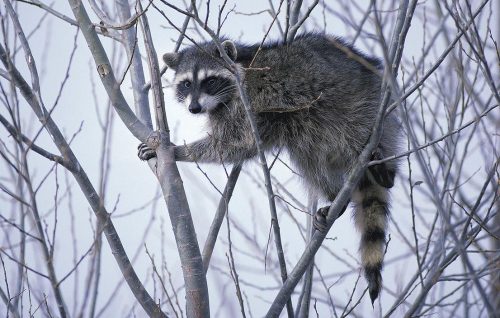
I used to have a cat who liked loud classical music, the kind with lots of horns and cymbals. She would lay next to a boombox playing Wagner or The William Tell Overture and cry if it was turned off. She’s dead now, but in Misha’s memory I would like to share this rendition of Tchaikovsky’s 1812 Overture, her favorite.
Trees are starting to bud where I live, and the birds have arrived. I went to Crown Point this week to watch the birds being banded. I’ve driven over the Crown Point Bridge hundreds of times but have never stopped here.
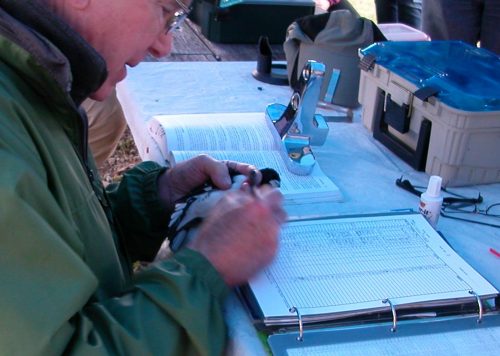
Banding a Rose Breasted Grosbeak. Birds are measured, then sex and age is recorded.

Savannah Sparrow.
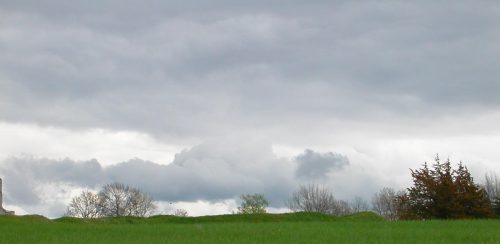
It had rained early in the morning, and the cloud shapes were interesting.
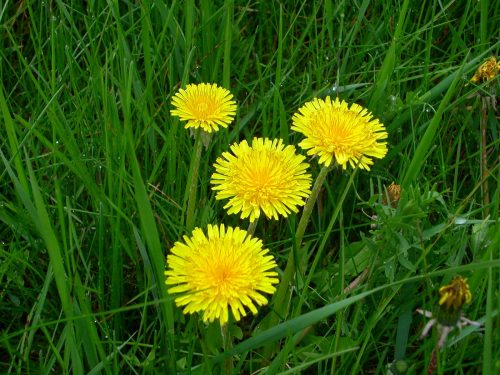
After the long winters here, even dandelions are beautiful.

I liked this tree. Spring is unrolling slowly this year.

Crown Point Bridge from New York to Vermont.

It has finally begun to feel like spring where I live, even though it was snowing this morning when I arose. The trees are not leafing yet, but the maples are budding, and animal life is conspicuous. In the past week, I have seen or heard the Barred Owl, Short-eared Owl, Cooper’s Hawk, Broad-winged Hawk, Osprey, Pileated Woodpecker, and the drumming wing feathers of the courting Ruffed Grouse.
One particularly welcome sight was a Little Brown Bat that sailed by my left shoulder on a dirt road near the village. I haven’t seen spring daytime bats in years. When the Little Brown Bat emerges from hibernation, she hunts during the day for insects which are inactive at night in cool weather. I used to see groups of bats flittering in the midday sun in early spring, but that changed years ago. White-nose Syndrome was first discovered in upstate New York in 2007 and has since spread throughout North America. A few species are predicted to become extinct, though the Little Brown Bat has a chance since her numbers were so high and her colonies so widespread to begin with.
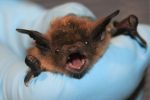
I hoped that this was a sign that the disease has run its course and the Little Brown Bat is recovering, but my Internet search only revealed that White-nose is spreading to places far from the original sighting, like southern Texas. Still, I might be one of the first to notice signs of recovery, if that is occurring. “One swallow does not a summer make,” and one bat is not a colony, but I am hopeful.